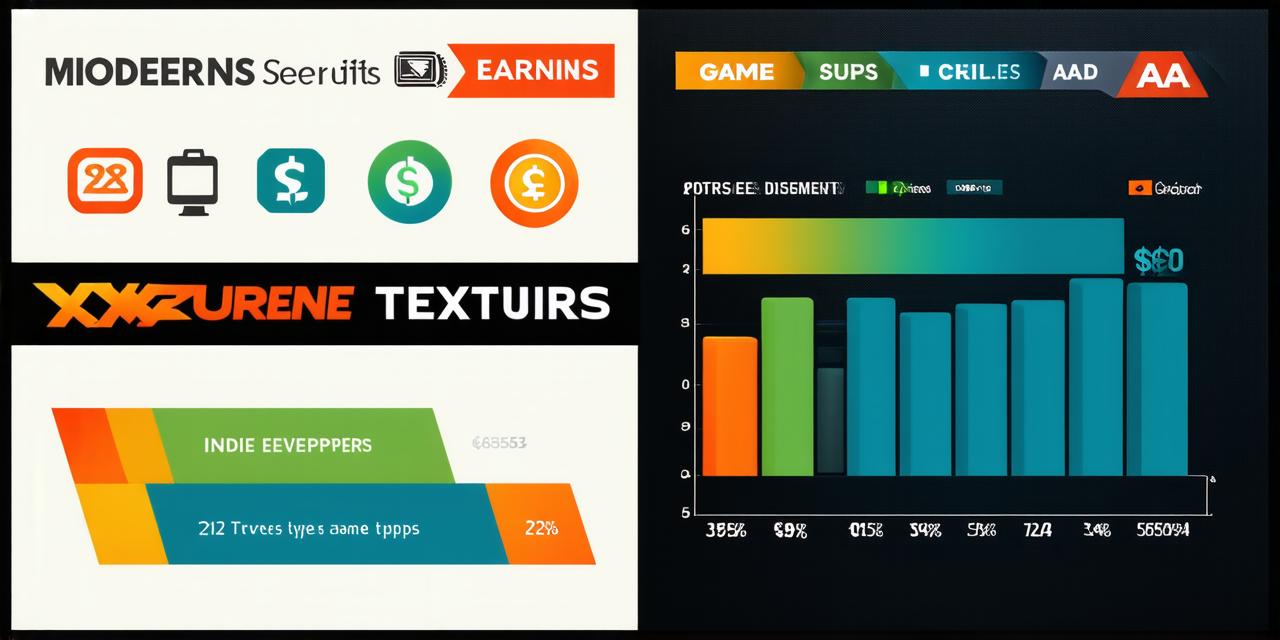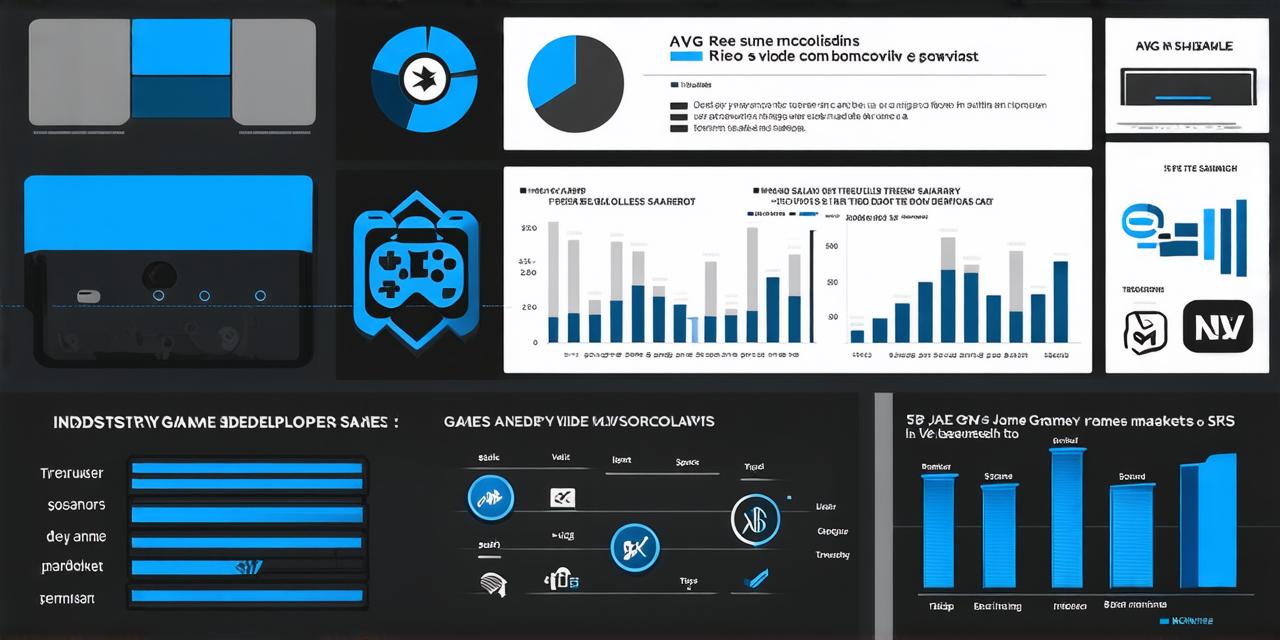Game Developer Salaries: A Closer Look
The game development industry is a dynamic and exciting field that requires a wide range of skills and expertise. From game designers who create the overall concept and design of a game to programmers who write the code that powers the game’s functionality, there are many different roles within the industry.
Factors Influencing Game Developer Salary
Experience Level: Experience is often one of the most important factors when it comes to determining a game developer’s salary. The more experience a developer has, the higher their earning potential will typically be.
Type of Game: The type of game that a developer works on can also have a significant impact on their salary. Some games, such as those in the sports or simulation genres, tend to be more lucrative than others, which can translate into higher salaries for developers who work on these types of projects.
Market Demand: Market demand is another key factor that can influence a game developer’s salary. As with any industry, there are certain times when the demand for game developers is higher than others.
Industry Size: The size of the game development industry can also impact a developer’s salary. As the industry continues to grow, the demand for skilled developers is likely to increase, which can translate into higher salaries for those who have the skills and experience needed to work on high-profile projects.
Location: Location is another important factor that can impact a game developer’s salary. In general, developers who work in major cities with a large gaming industry tend to earn more than those who work in smaller towns or rural areas.
Real-Life Examples of Game Developer Salaries
According to data from Glassdoor, the average salary for a game designer in the United States is $85,000 per year. However, salaries can vary widely depending on factors such as experience level, location, and the type of game being developed.
The average salary for a game programmer in the United States is $102,000 per year, according to data from PayScale. Again, salaries can vary widely depending on factors such as experience level, location, and the type of game being developed.
Artists who work in the game industry can expect to earn salaries that are similar to those of game designers and programmers, depending on their experience level and the type of project they are working on. The average salary for a game artist in the United States is $74,000 per year, according to data from Glassdoor.
Game writers can expect to earn salaries that are similar to those of artists, depending on their experience level and the type of project they are working on. The average salary for a game writer in the United States is $67,000 per year, according to data from Glassdoor.
Game producers can expect to earn salaries that are higher than those of other developers, as their role involves overseeing the entire development process and ensuring that projects are delivered on time and within budget. The average salary for a game producer in the United States is $105,000 per year, according to data from Glassdoor.

Conclusion
In conclusion, game developer salaries can vary widely depending on factors such as experience level, location, type of game, and market demand. However, by taking a closer look at these factors and examining real-life examples of what developers in different roles and industries can expect to earn, we can gain a better understanding of the complex factors that influence salaries in this dynamic and exciting industry. Whether you’re just starting out in game development or looking to advance your career, understanding these factors can help you make informed decisions about your future and ensure that you are compensated fairly for your skills and experience.




